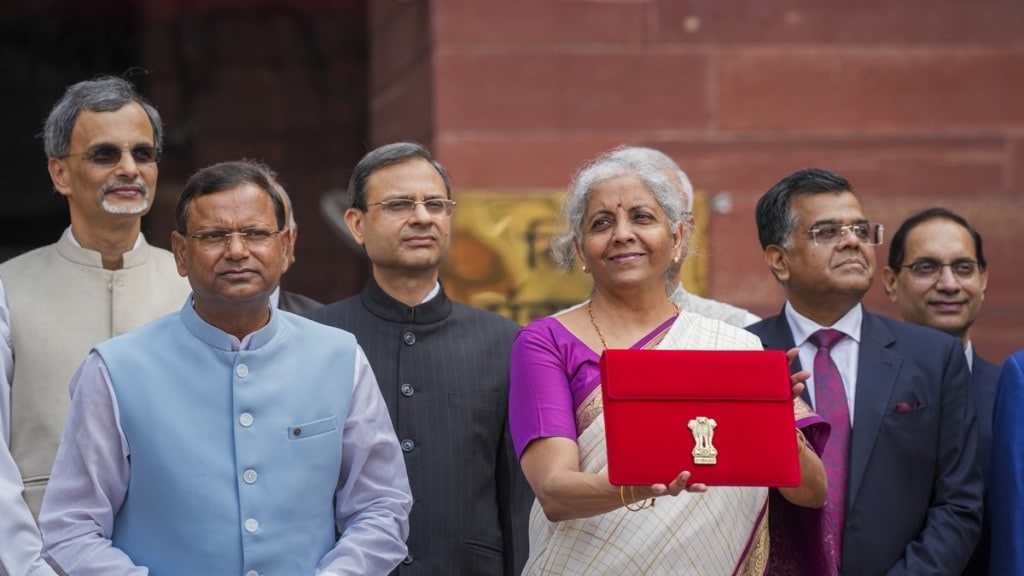Finance Minister Nirmala Sitharaman on Tuesday during her budget speech in the Lok Sabha unveiled three schemes aimed at enhancing employment opportunities through the retirement fund body EPFO for new entrants in the organized sector. These schemes, part of the Prime Minister’s package, are structured under the banner of ‘Employment Linked Incentive.’
Scheme-A targets first-time employees across all formal sectors by providing them with one month’s wage as a direct benefit transfer, disbursed in three instalments, through EPFO registration. The benefit can amount up to Rs 15,000 per month, with eligibility set at a salary of up to Rs 1 lakh per month. This initiative is projected to benefit approximately 210 lakh young individuals.
Scheme-B focuses on boosting job creation within the manufacturing sector by offering incentives linked to the employment of first-time workers. Both employees and employers will receive specified incentives directly related to their EPFO contributions during the initial four years of employment. This scheme is expected to benefit around 30 lakh youth entering the workforce and their respective employers.
Scheme-C aims to support employers across all sectors by incentivizing additional employment opportunities. Under this scheme, all new jobs created with salaries up to Rs 1 lakh per month will be eligible. The government will reimburse employers up to Rs 3,000 per month for two years towards their EPFO contributions for each additional employee hired.
Finance Minister Nirmala Sitharaman highlighted that Scheme-C is projected to encourage the creation of additional employment for 50 lakh people. The combined central outlay for these three schemes amounts to Rs 1.07 lakh crore, with Rs 23,000 crore allocated for Scheme-A, Rs 52,000 crore for Scheme-B, and Rs 32,000 crore for Scheme-C.
According to the latest payroll data, the Employees’ Provident Fund Organisation (EPFO) registered the highest net addition of 19.50 lakh members in May 2024. This figure represents the highest monthly addition since the issuance of the first payroll data in April 2018.
In comparison to May 2023, there has been a notable year-over-year increase, with net member additions showing a growth of 19.62 percent.

